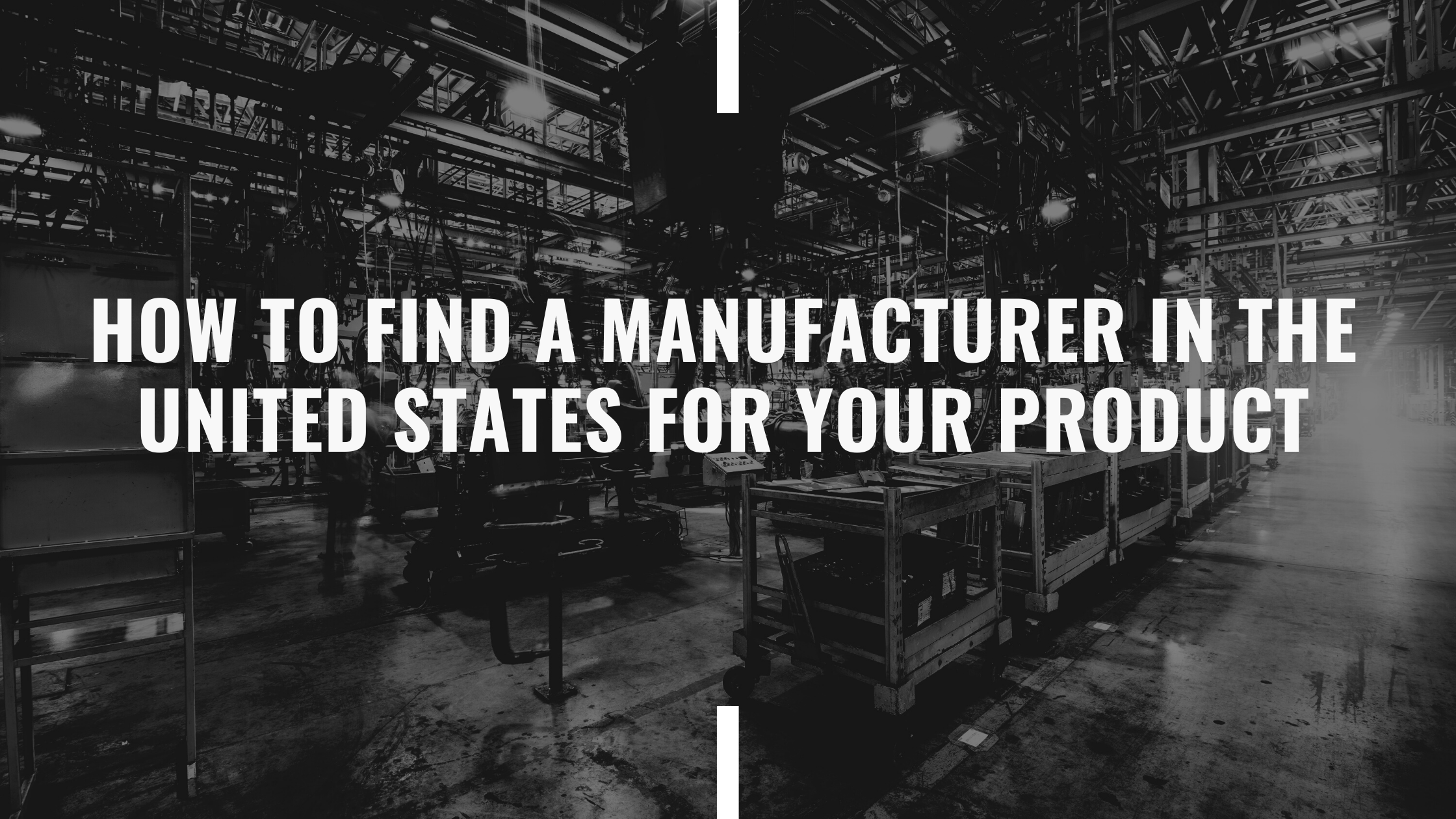United States -The process of creating a new product or concept begins with the traditional “a-ha!” moment when inspiration strikes and something completely new or a creative twist on an existing idea emerges. However, unless you have your own job shop, you’ll almost certainly need to collaborate with a manufacturer to bring your product idea to life.
Although finding and selecting a manufacturer may appear to be a daunting task, there are numerous resources available to assist you in finding the ideal manufacturing facility for your concept.
Top 20 Franchise Business in India (2021)
The Initial Stages
Before you begin looking for manufacturers, you must first determine a few critical elements about your product concept and the type of provider you want to work with. Performing your due diligence early in the development process will make things a lot easier later on.
Getting Your Product Concept Ready
Preliminary market research is one of the most important jobs to complete at these early phases. You must ensure that the product has a probability of succeeding in the market before spending in having it made. If there is no demand for an apparently wonderful invention, it will be meaningless.
Create a prototype with your own resources or hire someone to develop it if possible. This product can be used to test prospective buyer interest and receive feedback on your concept.
Take a look at our thorough article, The Product Development Approach – Taking Your Idea to Market, for a more in-depth look at this process.
Business to Consumer (B2C) | Definition, Types, & Examples
Supplier Research in General
The first decision to make before diving into full-fledged research is whether you want to work with a domestic or international manufacturer. This question’s solution is largely dependant on a number of criteria, including your budget, target market, and product kind. Here’s how local sourcing compares to global sourcing:
What is the definition of “local sourcing”?

Local sourcing refers to buying and obtaining products, resources, and supplies in the vicinity of where they will be sold or utilised. Because of the reduced weight on supply chains, it’s frequently employed in relation to ethical or green procurement.
Local sourcing has a number of advantages.
- Some consumers believe that products made in the United States are more trustworthy and of higher quality in several industries.
- The national economy benefits from keeping production in the United States.
- You can visit a U.S. manufacturer more easily and frequently than you can an overseas manufacturer, providing you more control over quality.
- While logistical obstacles will always exist, they will be considerably easier to manage once customs and huge distances are removed from the equation.
- Certain social and geographical constraints, such as language hurdles, cultural differences, and time zones, might make working with international producers difficult.
What is Global Sourcing and How Does It Work?
Purchasing and sourcing products, commodities, and supplies from the worldwide market is referred to as global sourcing. In general, this is done to achieve the lowest production cost while being efficient.
Global sourcing has a number of advantages.
- If money is an issue, you may need to look for a manufacturer in another country with reduced production prices.
- In some situations, finding a U.S. manufacturer capable of creating your product may be impossible.
In procurement, TCO stands for Total Cost of Ownership.
What is the TCO (Total Cost of Ownership)?
The term “total cost of ownership” has a broad definition. TCO includes the purchase price of the items or services, as well as all costs incurred over the life of the product or service, such as operating costs and, if appropriate, total landed cost.
Total Cost of Ownership (TCO)
When selecting whether to manufacture a product locally or worldwide, the Total Cost of Ownership must be calculated. This evaluation determines if the lower costs and other potential benefits outweigh the frequently higher production expenses in the United States. Here’s where you can learn more about determining TCO costs.
Where to Look for Manufacturers

You’re ready to start the supplier selection process once you’ve completed your research, acquired your intellectual property, and determined whether you choose a domestic or international manufacturer.
If you’ve decided to look for a manufacturer in another country, your best bet is to engage with a sourcing expert who specialises in the area you’re looking for. This expert can assist you in navigating the complexity of international manufacturing (such as legislation, customs, documentation, logistics, and so on), as well as provide advice and translate if necessary. They will also have a database of manufacturers who have been vetted.
If you’ve opted to work with a domestic manufacturer, your best bet is to ask for recommendations. This can be accomplished through using industry-specific social media networks, speaking with fellow entrepreneurs, attending trade exhibitions, and using online supplier directories such as Thomasnet.com.
Finding a Manufacturer with the Help of a Supplier Discovery Platform
Supplier Discovery Platforms, such as the one at Thomasnet.com, are searchable databases that provide information on all types of suppliers, including manufacturers, custom manufacturers, and speciality service providers. These platforms can be a good approach to find possible suppliers for your project because many of them include detailed information about the firms in a standardised style, making it easier to analyse the information and compare vendors.
Filtering options can help you limit down your search by identifying what your alternatives are in terms of details like the sort of organisation, their location, or their qualifications.
These elements work together to cut down on the time it takes to find firms with whom you might wish to do business. Furthermore, Thomas’ platform allows you to contact the company or companies directly through the platform. The benefit of having this capability is that many of the suppliers on Thomas’ Supplier Discovery Platform expect to hear from him. As a result, reaching out through the platform has a higher chance of receiving a response from those companies than sending a straight email.
How to Use the Thomas Platform to Find a Manufacturer
Here is a step-by-step guide to using Thomasnet.com to discover a manufacturer for your product. We’ll provide a specific example to make this method easier to understand. Let’s imagine you’re looking for a fabric maker because your product concept calls for a fresh design that incorporates fabrics and cloth materials. The following is a summary of the basic step-by-step procedure:
To begin, type your search terms into the search box.
To restrict your results, use filter criteria.
Examine and contrast businesses.
Create a shortlist of vendors.
Make a formal request for information (RFI) (RFI)
We’ll go over each of these processes in detail in the sections below, but if you need more help, we have a free complete eBook on how to source efficiently and successfully on our platform that breaks down each of the steps with video examples.
Before you begin, you should create a free account because some of the actions outlined below will require you to be logged in. Start here to register.
